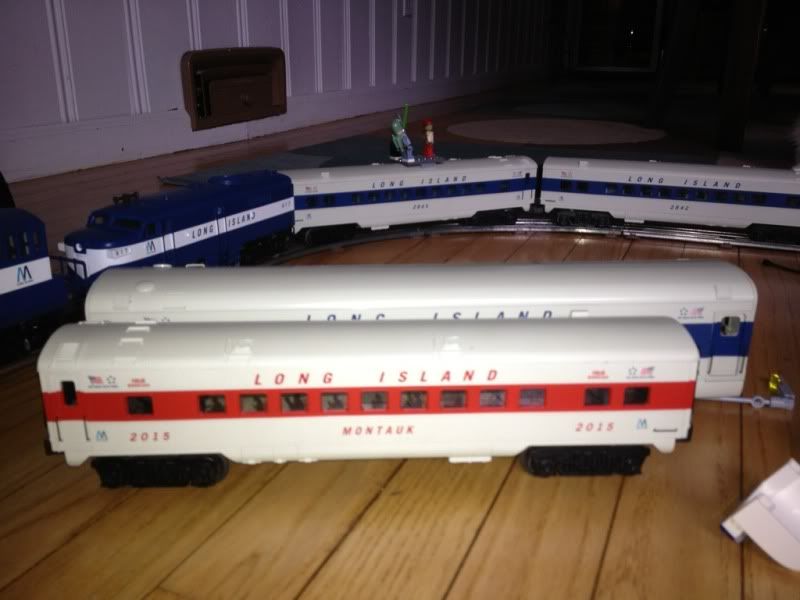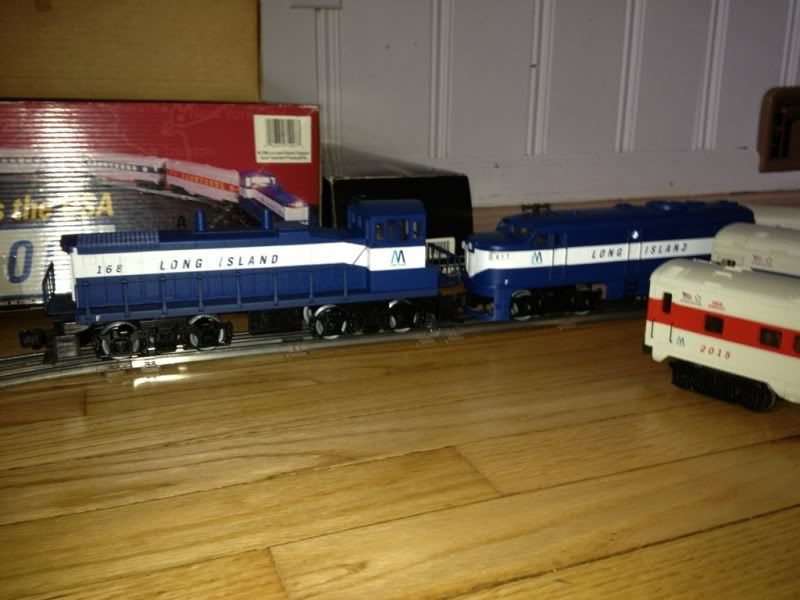From what I read online, the differences between both has to do with the Radius of curvature of the turning tracks. That said, I'm showing you a few photos. The two engines are part of the same train set but it seems to me that the switcher and the cab unit appear out of scale to each other. Thoughts? Is it me or does the switcher look taller and larger than the cab unit. And is that what we would expect in real life?
Likewise I am attaching a photo of two rail coaches one is O and one is 027.
So I'm I right in saying it's not just a difference in track radius curvature but also in size of the trains?


Likewise I am attaching a photo of two rail coaches one is O and one is 027.
So I'm I right in saying it's not just a difference in track radius curvature but also in size of the trains?


All you need is faith
To hear the diesels humming
To hear the diesels humming